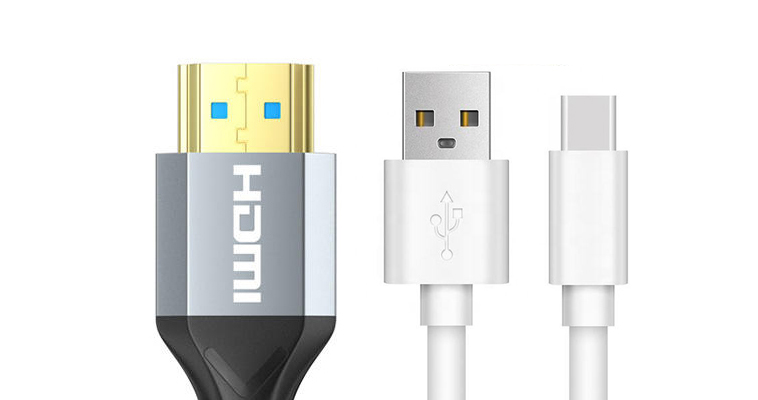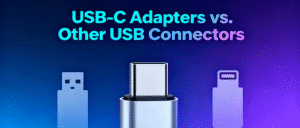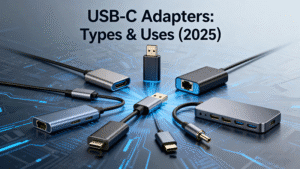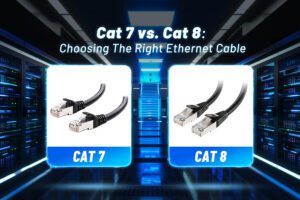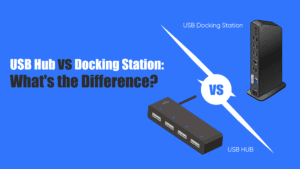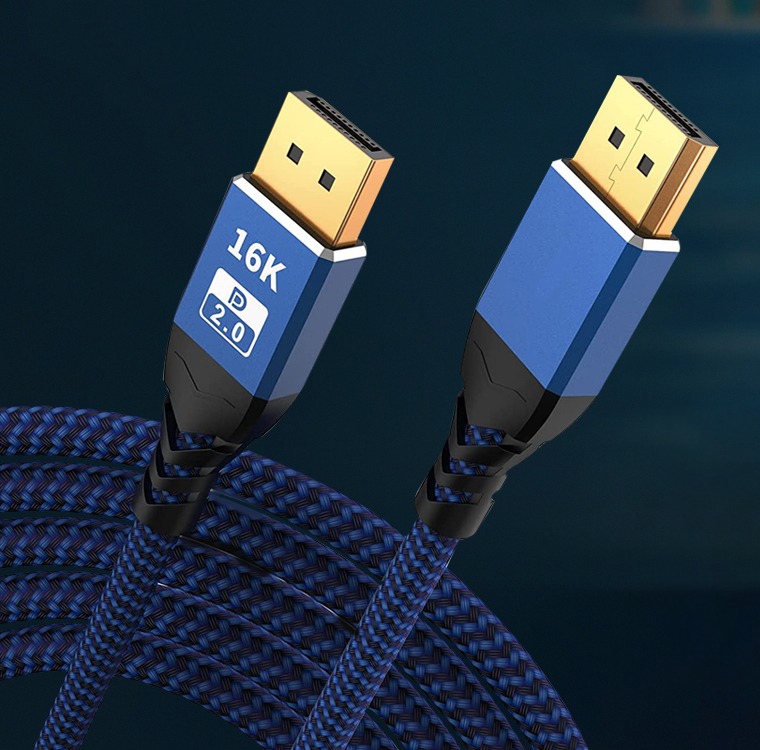In recent years, with the continuous growth of the operation and functional requirements of mobile devices, traditional HDMI and USB interfaces have gradually exposed some inconveniences. In order to solve these problems, Type 0 interface came into being. Its appearance not only makes the connection more convenient, but also brings many new functions and features. The following we will compare the HDMI and USB interfaces one by one.
Comparison between Type-C interface and HDMI interface
1. Higher data transmission speed: Currently, the popular H0M connection on the market usually adopts the HDM120 standard, which supports a maximum data transmission speed of 18 Gbps. However, the TPE:C connection can reach a data transmission speed of up to 40 Gbps by supporting protocols such as US831Gen 2uTmnunoetot3, thus providing a better video and audio transmission experience.
2. Smaller physical interface shape: Type-C interface adopts a unified reverse plug design, which can realize forward and reverse playback, and the physical interface is smaller. The HDM interface adopts a one-way plug-in design, which can only realize forward playback, and the physical interface is larger. When wiring, it is often difficult to route and unplug because the HDM connector is too large.
Comparison between Type-C interface and USB interface
1. Reversible plug-in design: The traditional USB interface needs to judge the positive and negative directions of the plug when inserting, while the I0-C interface adopts a reversible plug-in design, that is, it can be correctly connected whether it is inserted from the front or the back, which greatly improves the user experience and avoids the joke of having to plug in a USB interface three times.
2. Unified interface: The emergence of Tpe-C interface realizes the unification of multiple functions, such as data transmission, charging, video output, etc. The USB Tpe.C interface can undertake multiple tasks at the same time, simplifying the interface design of the device and improving the compatibility and overall performance of the device.
3. Faster charging and reverse charging: The TpeC interface supports higher power transmission, allowing devices to charge faster. The support of the USB PD (PoNer DeNN) protocol enables devices using the TDeC interface to achieve higher power. Some display devices support reverse charging through the 0ipe (interface, which can charge office equipment while using it.
Conclusion
The emergence of Type-C cameras has brought many innovations and improvements to HDMI and USB ports. It not only provides higher data transmission speeds, dual-mode and compatible features, but also supports fast power-off, multiple display outputs, and other functions. The reversible plug-in design and unified interface standard of the Type-C interface make it more convenient for users to use the device, and also simplify the interface design of the device. In general, the introduction of the Type-C interface has brought us more convenience and innovation, and promoted the development of connection technology.


